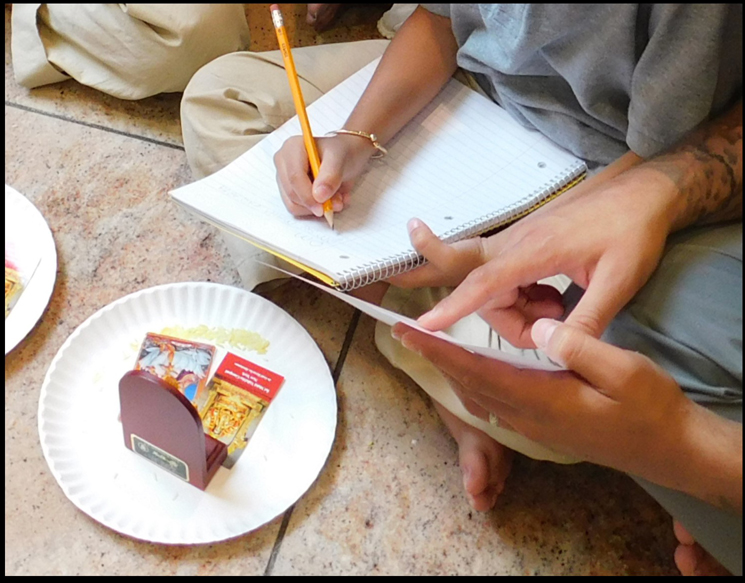Vidyarambham 2020: Vidyarambham is a Hindu tradition where young children are introduced to the world of learning and observing all the knowledge of the world. Vidyarambham is celebrated on October 26 for the age group of 2 to 5 years old children.
This festival is one of the most important Hindu festivals and is mainly celebrated in South Indian states including Kerala and Tamil Nadu. Elder people also take this as an opportunity to learn new things.
Every year this festival is celebrated after the Navratri ends. Today, people across the country are celebrating Vidyarambham. It is on the day of Vidyarambham that Goddess Saraswati, the Hindu Goddess of knowledge and wisdom, and Gurus or teachers should be presented with ‘Gurudakshina’ as a token for Thanksgiving.
Vidyarambham celebrations:
- Children get up early and after a bath dress up in traditional clothes.
- On the day of Vidyarambham devotees worship Lord Vishnu, Goddess Saraswati and Lord Ganesha.
- Initially, Lord Ganesha is invocated for an auspicious beginning of the learning process.
- In the Vidyarambham ceremony, children first write the mantra ‘Om Hari Sri Ganapataye Namah’ by tracing it on sand or in a tray filled with rice grains. This ritual is conducted under the supervision of a guru or a priest.
- After this, the Guru writes the same mantra on the tongue of the child with gold.
- These practices during Vidyarambham hold a special significance. Writing on sand signifies practice; writing on rice grains symbolizes the acquisition of knowledge that leads to prosperity. Lastly writing with gold on a child’s tongue invokes the grace of Goddess Saraswati, which is essential for acquiring true knowledge.
- After the completion of the ceremony, stationery items like slates and pencils are distributed to other children by the child who performed the Vidyarambham rituals.
Covid-19 dampens Navratri, Durga Puja celebrations
Maha Navami 2020 Wishes in Hindi: HD images, WhatsApp stickers and greetings to send during Navratri

















